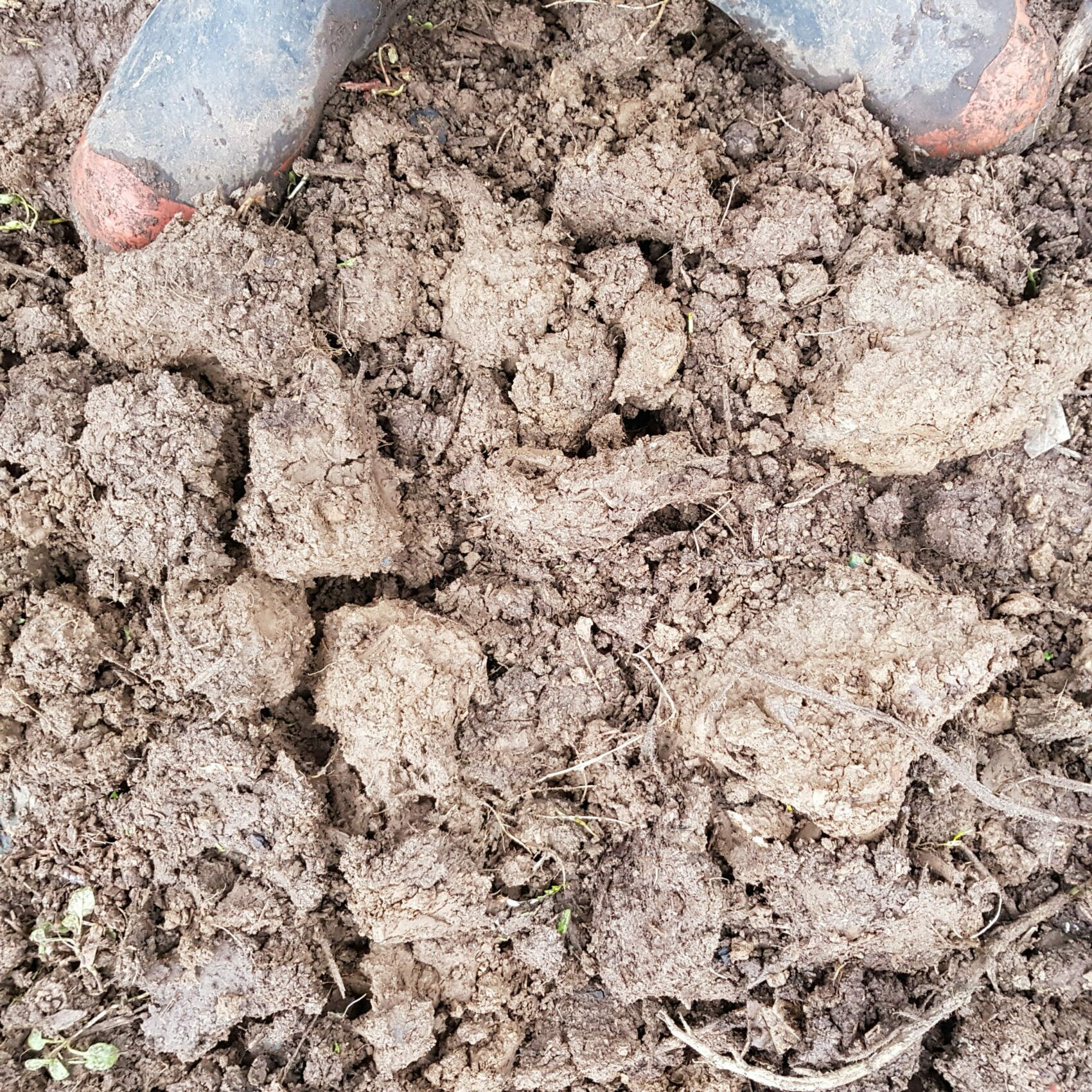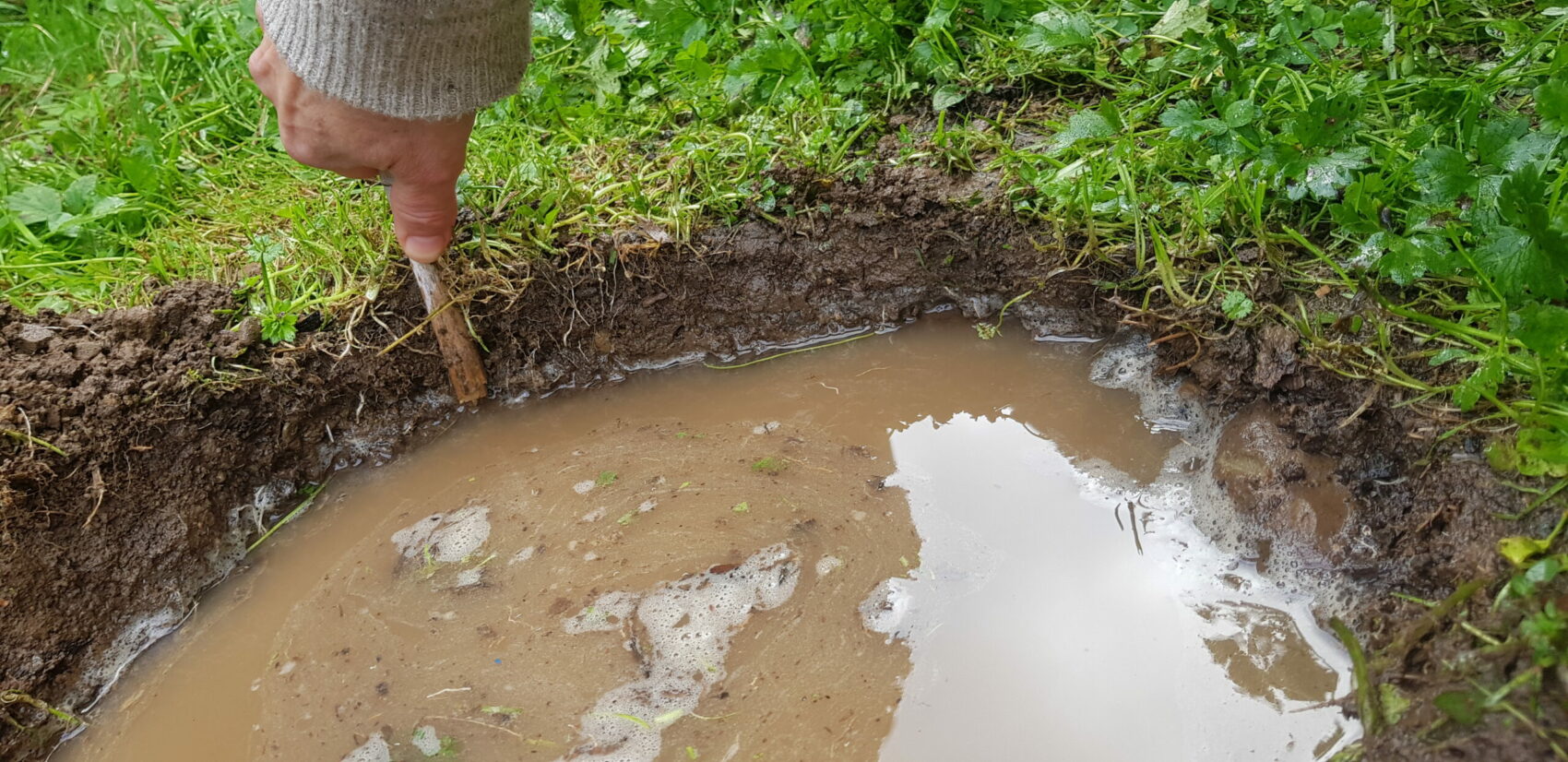A Simple Drainage Test


Winter is a telling time in your soil health journey – from now through early spring you get to see your drainage in action. Those of you at the basemap phase of gathering info and learning your land – perk your ears on up! How wet are your soils?
Drainage is absolutely key for edible gardens! When soil sits in water for periods at a time, roots and microbes drown. Water displaces air, you see, so if your soil is soggy, it is also airless. It’ll feel heavy, sticky, be pale or grey-ish in colour and most likely be sour smelling. Dig down and you wont find strong far reaching roots, they'll be stunted. All in all, not a recipe for above ground abundance.
There are, of course, degrees of wetness. From vegie patches that are underwater for long periods – a loud cry for drainage to be resolved, to soil that’s simply a heavy clay – awaiting transformation to a delicious vegie-growing loam. Find out with this simple test.
A simple drainage test

Drainage differs as the landscape changes, so do this test in each markedly different elevation: check the highest point and the lowest point, and maybe halfway between as well if its a long way from top to bottom. Test out also, any potential growing areas.
The ideal time is spring, when soils are no longer saturated, but still moist. On typically wet soils, wait until soil is no longer squelchy underfoot. And if its always squelchy underfoot - well there's your answer, you probably don't need to do the test.
- Dig a hole that's about 20cm by 20cm
- If your soil is dry, do a pre-fill. Fill the hole with water and let it empty back out. You can do this on the same day or the day before testing.
- Fill the hole with water, right to the top
- If the water drains out lickety split, it shows you there is not enough organic matter in your soils to support vegies and fruit trees.
- If the water’s gone within 3 - 4 hours, drainage is sweet.
- If it takes longer than 8 hours, drainage is not sweet - and you’ll need to sort it out.
Mark the results from your tests, on your basemap.
Where possible, use the well drained areas for food, and the poorly drained or dry areas for companion plants that suit those conditions. Working with is always the easiest road, and the first option to explore.
Its not always possible though – there are times when we need to muck in and change things up a bit. If you cannot find naturally free draining spots for food, you'll need to sort the drainage before creating gardens. Which sounds about as exciting as re-piling a house, but in the same way that piles keep the house level and solid, so too drainage is the keystone on which the health of your garden depends.
https://www.ediblebackyard.co.nz/soil-drainage-compaction/
